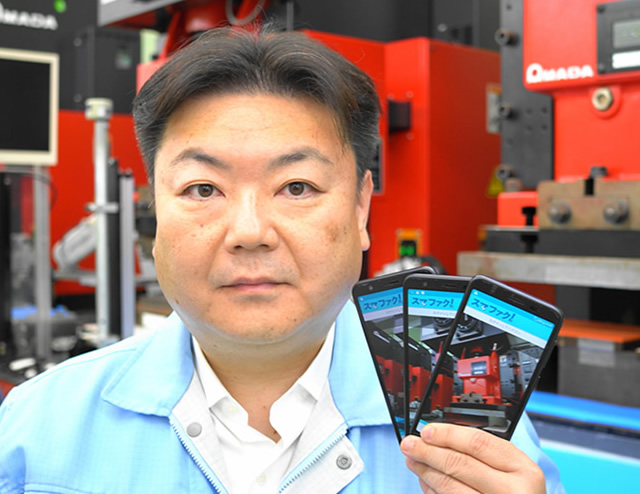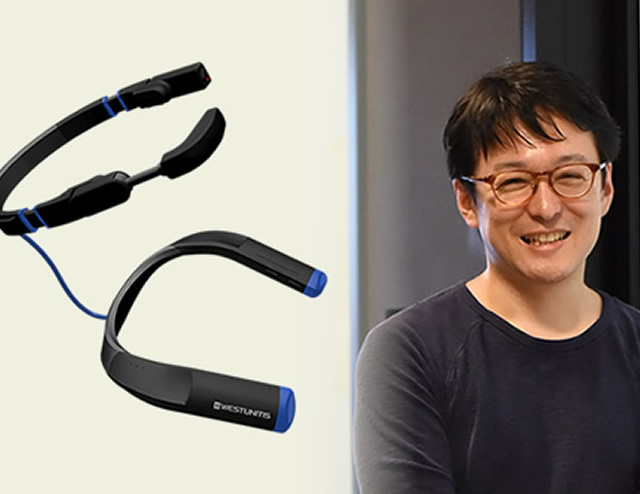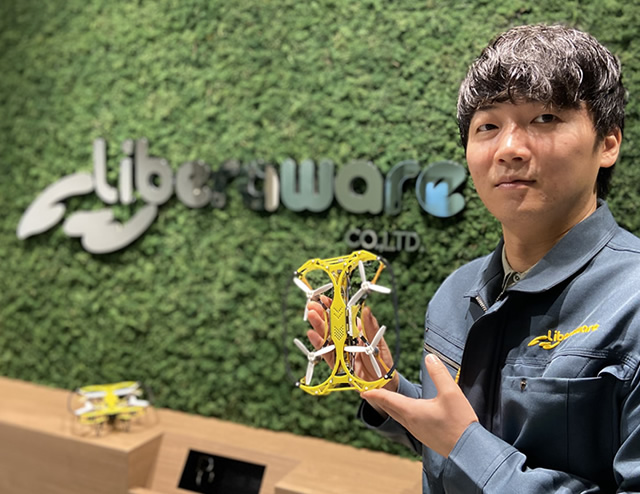Highlights
Open Innovation for Regaining SME Power in Japan
Prof.Kazuyuki Motohashi,The university of Tokyo
2nd Article: New Business Development with Open Innovation

According to the Resource-based view in management strategy, the competitive advantage of a company is determined by having resources with economic value that are rare (differentiated from other companies) and difficult to imitate. Although technology-based SMEs are by definition able to differentiate themselves from others in terms of "technological strength," but they are at a disadvantage in terms of the size of management resources such as finance and human resources compared to major companies. On the other hand, due to the speed of managerial decision-making and the lighter burden of starting something new by being a smaller organization, it has an advantage in its agility to make profits even in niche markets. Having a “deep” understanding of your company’s strength is critical in order to develop new businesses through open innovation.
As an example of successful open innovation achieved by "deep” understanding, I would like to introduce the efforts of Komatsuseiki Kosakusho Co., Ltd., in Nagano Prefecture of Japan. Although the company specializes in assembly and processing of precision parts, it was on the verge of management crisis because the mechanical watch industry, the company’s customer base, had practically vanished due to the industrial shift to quartz technology. Therefore, using its strength in precision processing technology as its foundation, the company transferred its technology to the automobile sector, and now the company is performing business in various fields such as medical equipment and space industry. The turning point was when it approached a university to conduct a scientific survey and analysis on the principles of the company's precision processing technology and compiled an academic paper through industry-academia collaboration. By scientifically probing into the processing technology that Komatsuseiki owned as its know-how, the company was able to transfer the technology for watch parts to the processing of automobiles and medical equipment parts. It is certainly necessary to collaborate with the clients to develop parts, but by understanding the scientific principles, it makes it possible to share the detail with the client. In other words, it can now be used as a general-purpose technology to efficiently promote open innovation with (new) client companies.
To generalize this case, technology-based SMEs have management resources, such as their unique "leading edge technology," that can differentiate a company from others, but these technology is commonly developed through its relationship with a specific industry, and in some cases, with particular client companies. Hence, it is important to transform this relationship-specific asset into a general-purpose asset that can be applied to a wider range of business sectors. This change to general-purpose is indeed having “deep awareness of your company’s strengths," and to achieve this, industry-academia collaboration and collaboration with other companies are effective. However, even if this process goes well, you may be wondering if the relationship with the customer would stay positive.
I will explain this point in the 3rd article, Business Ecosystem Concept.
Related Links
Contributing to Daily Record Automation with a Daily Report App using QR Codes / Sanko-Giken Corporation....
Making Touch-less Operation a Reality with Reasonably Priced Micro Gesture Sensors / A-Sum Technology, LLC....
Contributing to a Remote "Connected - Communicative Worksite" Through Wearable Computer Glass / WESTUNITIS Co., Ltd....
With a small drone and image analysis technology, Liberaware Co. Ltd. has made the work of inspecting narrow, dark, and dangerous places more efficient....
Thoughts on the Digital Transformation of SMEs during and post COVID-19 Era
It has long been said that the future is unpredictable in our world, but the 2020 outbreak of COVID-19...
The Contour of SME Management Required in the New Era
Open Innovation for Regaining SME Power in Japan(5th Article)/Prof. Kazuyuki Motohashi, The University of Tokyo
Open Innovation with Large Companies
Open Innovation for Regaining SME Power in Japan(4th Article)/Prof. Kazuyuki Motohashi, The University of Tokyo
The Role of Technological Partner within an Ecosystem
Open Innovation for Regaining SME Power in Japan(3rd Article)/Prof. Kazuyuki Motohashi, The University of Tokyo
New Business Development with Open Innovation
Open Innovation for Regaining SME Power in Japan(2nd Article)/Prof. Kazuyuki Motohashi, The University of Tokyo
Open innovation = Redefining Client Relations
Open Innovation for Regaining SME Power in Japan(1st Article)/Prof. Kazuyuki Motohashi, The University of Tokyo













